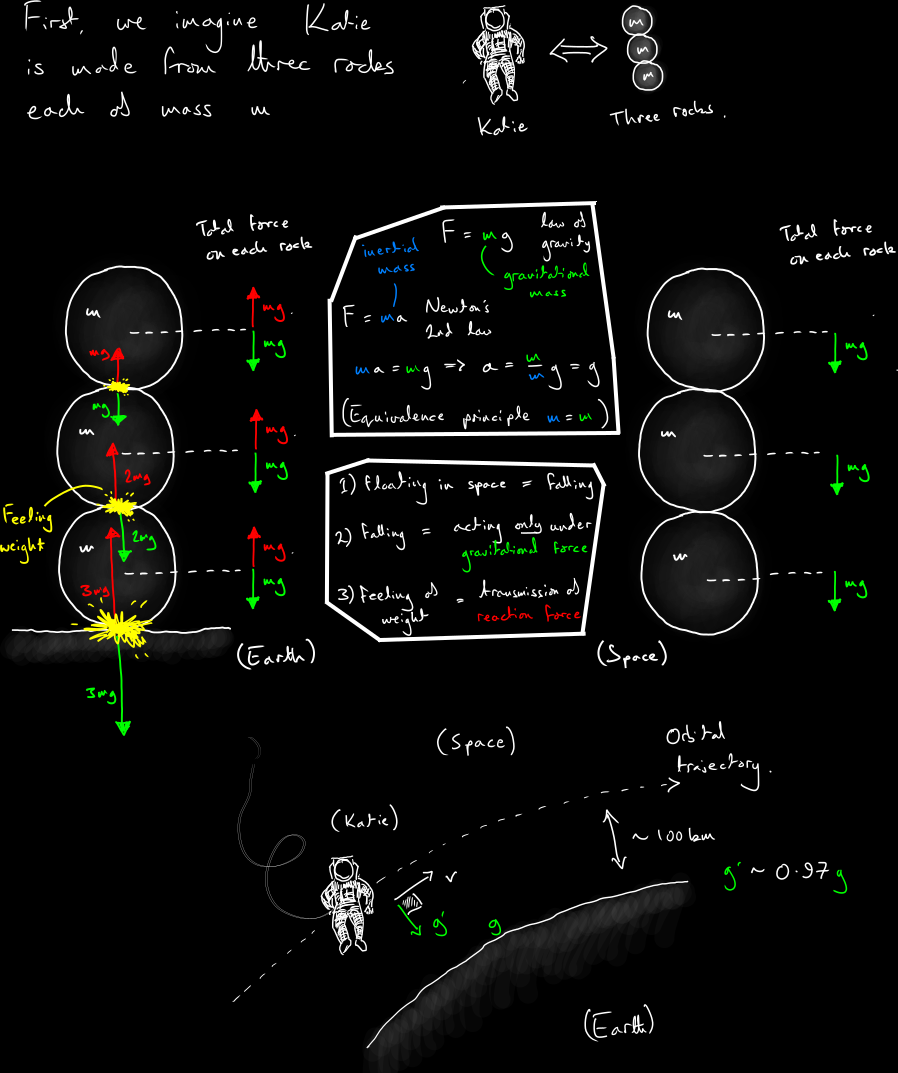Outreach and science communication
Cambridge interview questions Top
I conducted admissions interviews for Girton College, Cambridge for a couple of years, specifically participating in the mathematics interviews for the Physical Natural Sciences tripos. Here are some interview questions for people who are thinking of applying - these give a sense of the mathematical reasoning and problem-solving approach we look for in prospective students.Gravitational field of a photon Top
At the start of my Ph.D., I spent a couple of months working out the gravity of a laser pulse. While I never tried to publish this, the resulting animations might be of general interest. On the left you can see the 'gravitomagnetic' (Lense-Thirring) part of the gravitational field of a bunch of six photons, three of which have their spins aligned with the direction of travel and three anti-aligned. Their gravitational field exists on a surface abreast of the source, since the speed of gravity is equal to the speed of light $c$. This reasoning is illustrated below by real and apparent positions of a moving body relative to an observer.
So, how could you detect such a field? The gravitomagnetic part is sourced by the photon spin. It couples to the momentum of other matter sources, which feel a 'kick' as the field passes. Thus, the photons will carve out a 'wake' as they pass through an ideal gas of moving particles. This effect is shown on the right, for the case of two misaligned photons moving normal to the plane of the animation. The case of a single photon is shown below, at angles both perpendicular and parallel to the photon path. Note that gas should be very cold, because the wake would be quickly erased by hot particles. It is interesting to speculate whether this effect could be used as an experimental test of gravitomagnetism.
PGCE Teaching Resources Top
This blackboard is a teaching aid designed to help respond to a high-school student named Katie who is asserting that "there is no gravity in space".

These slides are for a five-minute introduction to the physics of waves.